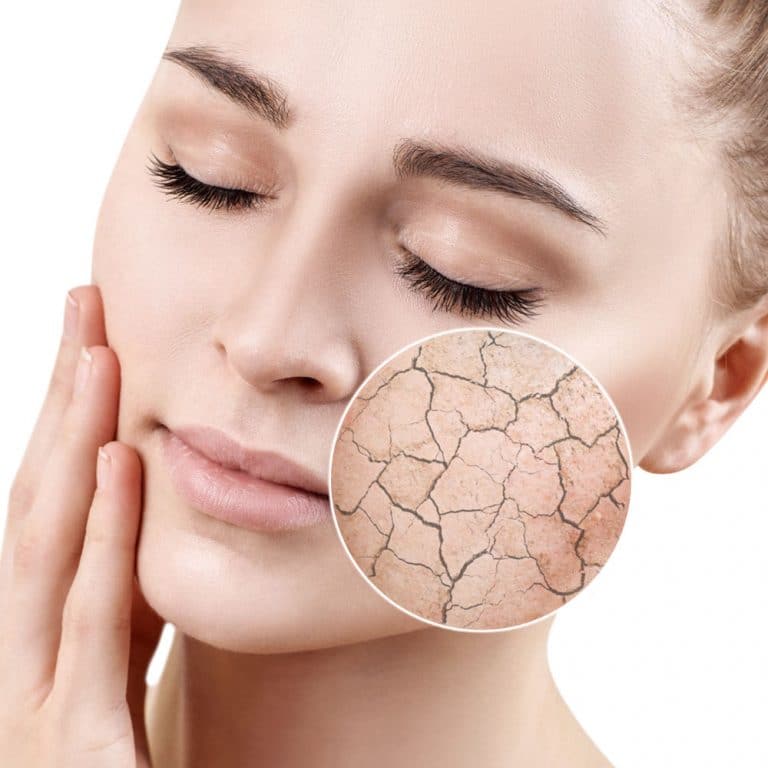A facelift is a facial rejuvenation procedure that assists patients in overcoming the signs of aging, by elevating and shaping their facial area. This provides a youthful glow when other treatments fail.
A facelift surgery can produce excellent results. However, it is more intrusive compared to other procedures that combat aging. This procedure raises the facial skin. Additionally, the muscles beneath the face are tightened and the lifted skin is used to re-cover the face, which effectively removes the signs of aging.
What to Anticipate From a Facelift
Your cosmetic surgeon may employ one of several approaches, such as cheek implants, during your operation, depending on your facial issues. Anesthesia is usually delivered before cuts are made in your ears’ folds. Depending on your surgeon’s approach, sometimes incisions are done around the hairline.
Following that, extra fat will be removed, bottom tissue will be repositioned, and facial muscles will be lifted. Stitches will typically be used to seal the incisions once the treatment is completed.
How Long Does it Take to Recover?
Following the procedure, you may have some puffiness as well as redness. You may also experience facial stiffness and pain. Despite the fact that edema and stiffness will subside quickly after surgery, the healing process usually lasts two weeks.
Because any residual scars are often buried in the wrinkles of the ear, the technique leaves minimal apparent bruising. Although the recovery time differs with each individual, most people recuperate within at least two months following surgery.
Are There Any Adverse Effects?
Facelifts are a generally safe procedure, especially when performed by a skilled plastic surgeon. Furthermore, the majority of adverse effects are brief and diminish quickly after treatment. Patients can also help to reduce these effects, by properly following instructions provided by the surgeon.
The following are some of the most prevalent facelift adverse effects:
-Scars are left behind by surgical incisions. The majority of incisions, on the other hand, are concealed in unnoticeable regions, including the hairline. Furthermore, the scars fade to a faint white color with time.
-Loss of feeling is a regular occurrence, and it usually happens along the lines of the incision . It typically goes away after a few days.
-Bruises are the most obvious adverse effects right after a facelift. It normally vanishes within a month. Sometimes, it may subside within two weeks, depending on the extent of the procedure.
– Although the majority of people experience minimal discomfort, pain medication will be prescribed to you.
-Edema occurs after a facelift, but it generally starts to subside within days of the procedure.
Other, less common, negative effects of a facelift include:
-Death of the Skin, but it is not common. It can be exacerbated by smoking.
-Redness of the skin is also a rare occurrence. However, it can linger for several months when it does.
-Loss of hair can happen along the lines of the incision, although it’s uncommon and normally only lasts a few days.
-Injury to the facial nerve is more likely with more intrusive operations. However, the danger is usually modest and the harm is usually only brief.
-When blood accumulates beneath the skin, this can cause a clot. To avoid issues, it will be necessary to seek medical advice. Anti-inflammatory medicines should be avoided, before surgery, to limit the chance of a blood clot.
Other adverse effects include anesthetic response, hemorrhaging, and infection, which are all typical in most procedures.










![Home Renovation Guide [2025]](/app/uploads/2021/04/design-hacks-1-378x300.jpg)
